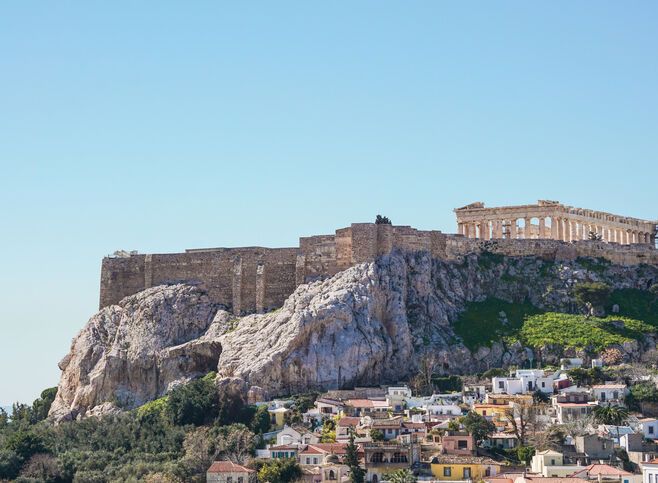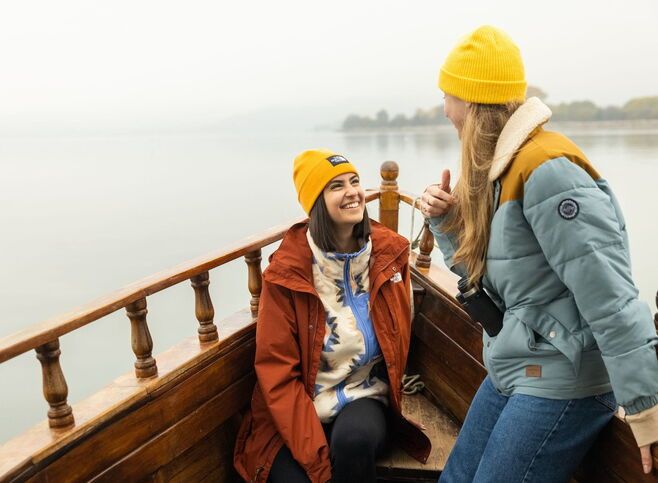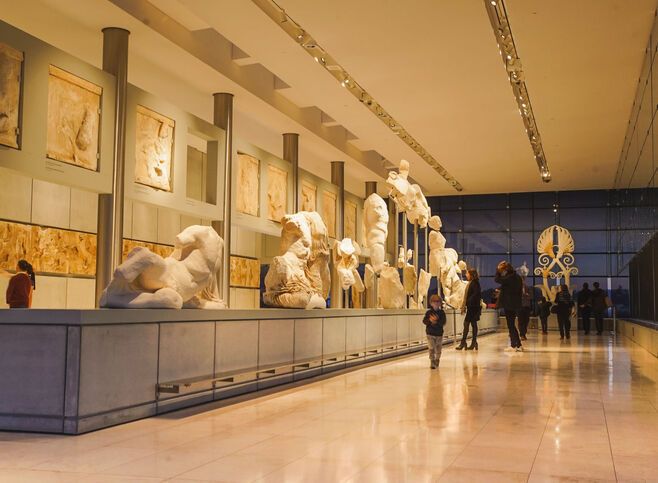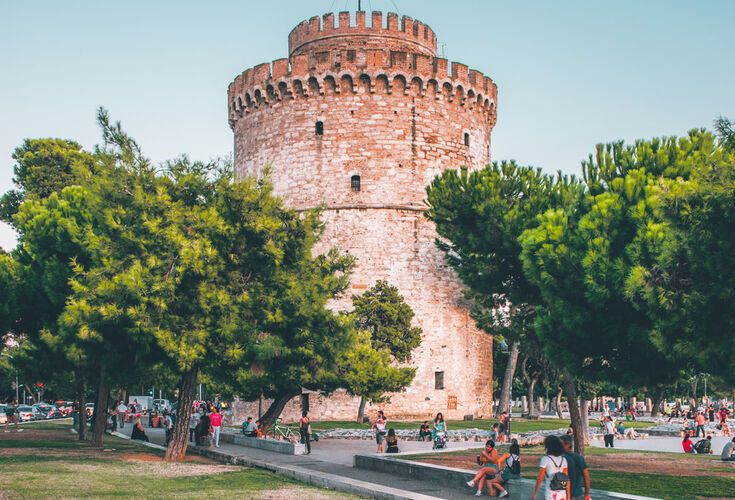- Places to go
- Things to do
- Book your trip
- Get Inspired
- More
- BACK
-
-
The ancient site of Aigai (or ‘goats’), the curiously named first capital of the kingdom of Macedon, lies on the southwest edge of the plain of Macedonia in northern Greece, in the foothills of Mt Pieria. Although there are open-air ruins, you have come here to see the extraordinary subterranean museum of Vergina and the tombs of Philip II (father of Alexander the Great) and other family members of the great Macedonian dynasty.
You enter the raised mound, or tumulus, through an ominously dark passage, leaving daylight behind and emerging in an open circular space illuminating some of the most extraordinary finds ever discovered. You feel a bit like archaeologist Manolis Andronikos when he unearthed treasures emblazoned with the golden star of Macedon and knew he had stumbled upon the untouched tomb of Philip II.
Feel the majesty of Vergina’s Royal Tombs
Manolis Andronikos’ discovery of the tombs of the Philip II and his family members in 1977 rocked the archaeological community and the world at large. Philip’s tomb is a large, double-chambered and its facade resembles a Doric temple, with columns, a frieze and metopes carved in relief. The chamber concealed a golden larnax with the bones of the dead king intact for more than two millennia.
One of the museum’s most important exhibits is the gold larnax, which holds Philip’s bones. It weighs 11kg and its lid is emblazoned with the Macedonian Sun or Star. On its sides are floral motifs and rosettes. The gold wreath is the most valuable crown we have from antiquity. It consists of 313 oak leaves and 68 acorns linked with unimaginable artistry.
In the last section of the museum, you’ll witness finds from tomb III, which is thought to have contained the remains of Alexander IV, the son of Alexander the Great and Roxane, who was murdered by Kassander in 310 BC. At its centre lies the silver urn that held the cremated bones of the young prince, surrounded by exquisite ivory reliefs decorating the bier.
Apart from the royal tombs, you’ll see the brilliant frescoes depicting the Abduction of Persophone and the Royal Hunt, which are the only examples of the great artists of the Hellenistic period that have survived. In this darkened space, the beautifully illuminated ancient objects stir a multitude of emotions: awe in the face of death, wonder at the power of the royal dynasty and admiration for the modern wizards who designed such a magnificent repository for these invaluable exhibits.
Aigai, where the Macedonian kings originated, was the heartland of the Temenides, the dynasty that ruled Macedonia for four centuries. The ancient city included the outer walls with a tower and entrance gate, the palace, a theatre, the agora with a shrine to Eukleia, the sanctuary of Cybele, mother of the gods, public buildings and private houses. The archaeological site lies close to the tumulus of Vergina and is a Unesco World Heritage Monument and a region of particular natural beauty.
Built by expert masons using large limestone blocks, this tomb is one of the largest monuments of its type and the most significant attraction in the area. The few pieces of pottery discovered within it indicate that it must date to about 350 BC. The grave belonged to a young woman about 25 years of age who died in childbirth and was buried here with her newborn infant.
Just below the hill crowned by the acropolis of Aigai, the impressive ruins of the royal palace dominate the area from a raised plateau marked by a venerable oak tree. Sumptuously decorated, it was indeed fit for the illustrious dynasty.
Discover the mystical symbolism contained in the rays of the Vergina Sun, depicted on Philip’II’s golden larnax. There are 16 rays in all. Four of them represent the natural elements – air, fire, earth and water – and the remaining dozen are the 12 Olympian gods.


















